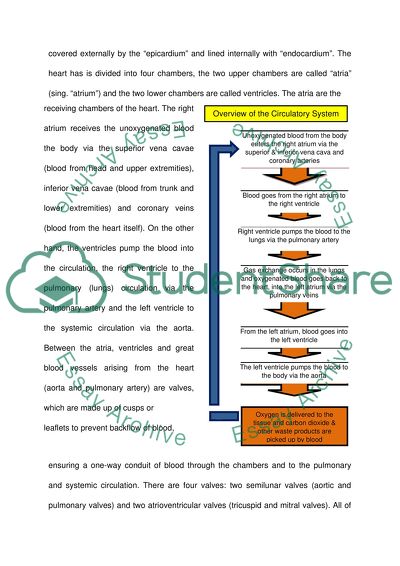Cite this document
(“Human Organism Essay Example | Topics and Well Written Essays - 1500 words”, n.d.)
Human Organism Essay Example | Topics and Well Written Essays - 1500 words. Retrieved from https://studentshare.org/health-sciences-medicine/1506683-human-organism
Human Organism Essay Example | Topics and Well Written Essays - 1500 words. Retrieved from https://studentshare.org/health-sciences-medicine/1506683-human-organism
(Human Organism Essay Example | Topics and Well Written Essays - 1500 Words)
Human Organism Essay Example | Topics and Well Written Essays - 1500 Words. https://studentshare.org/health-sciences-medicine/1506683-human-organism.
Human Organism Essay Example | Topics and Well Written Essays - 1500 Words. https://studentshare.org/health-sciences-medicine/1506683-human-organism.
“Human Organism Essay Example | Topics and Well Written Essays - 1500 Words”, n.d. https://studentshare.org/health-sciences-medicine/1506683-human-organism.


